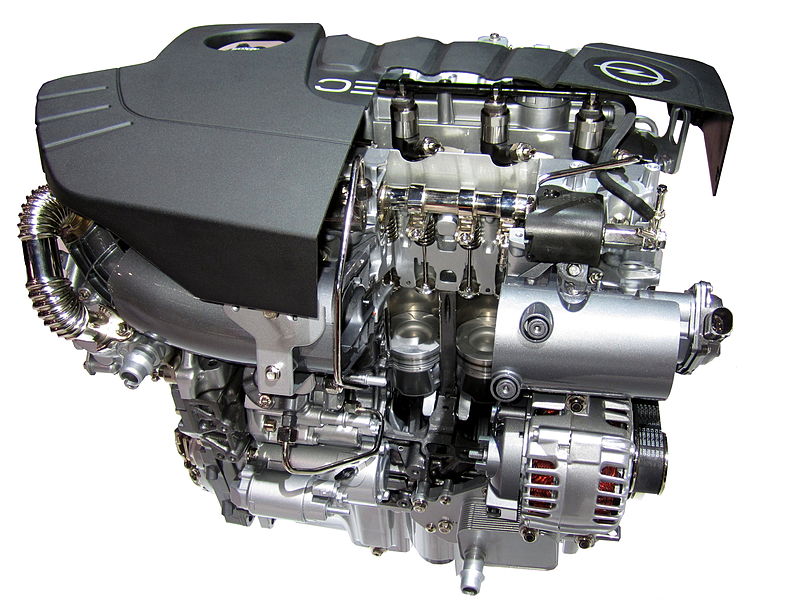
Engine Encyclopedia: Mazda 2.0 Skyactiv-G (petrol)
Mazda's adventures with direct injection began much earlier than the introduction of the Skyactiv series engines, and they were very successful attempts. The experience turned into an engine that bravely holds its own against turbocharged competitors to this day.
Mazda gasoline direct injection first appeared in 2005 (2.3 DISI engine) in the Model 6. The second generation Mazda 6 uses a 2.0 DISI unit (also in the Mazda 3), and the Syactiv-G engine debuted in the Mazda CX5 in 2011.. and also found its application in the third generation Mazda 6.
The unit is technologically advanced, and, despite the lack of boost, has solutions such as a high compression ratio (14: 1), which allows you to work on the Atkinson-Miller cycle, variable valve timing or lightweight design, although the timing drive is driven by a chain. There is also a start-stop system and an i-ELOOP system that recuperates energy for faster work. The key to success, i.e. maintaining the correct emission level, is precise control of the ignition of the mixture. Motor develops from 120 to 165 hp, therefore, it gives decent dynamics for this class of car, although it clearly deviates from the “turbo standards” of competitors.
Mechanically, the engine cannot be defective. Durable, oil is no problem, and Time chain 200 thousand. km only needs to be checked, rarely changed. Carbon black can only be found in engines with oil that is changed too infrequently. (max. every 15 km) or after using an oil with the wrong viscosity (recommended 0W-20, 5W- allowed). Users struggled mainly with the hardware.
Exhaust system leaks and a damaged flow meter are the most common causes of engine starting or cranking problems. More rarely, the blower valve is damaged, which blows oil into the combustion chambers, which leads to detonation combustion and the accumulation of soot.
The operational advantage of the engine is the absence of supercharging, which reduces the risk of costly failure and simplifies the design. Another big advantage is the possibility of installing a HBO system.
The latest type of Syactiv-G engine is equipped with a two-cylinder deactivation system and a mild hybrid system, which allows you to drive with the engine completely off in a short time.
Advantages of the 2.0 Skyactiv-G engine:
- Low bounce rate
- High strength
- Good cooperation with LPG
- Some sophisticated equipment
Disadvantages of the 2.0 Skyactiv-G engine:
- Difficulties in diagnosis
- Only original parts
- Average performance in the middle class and SUV

